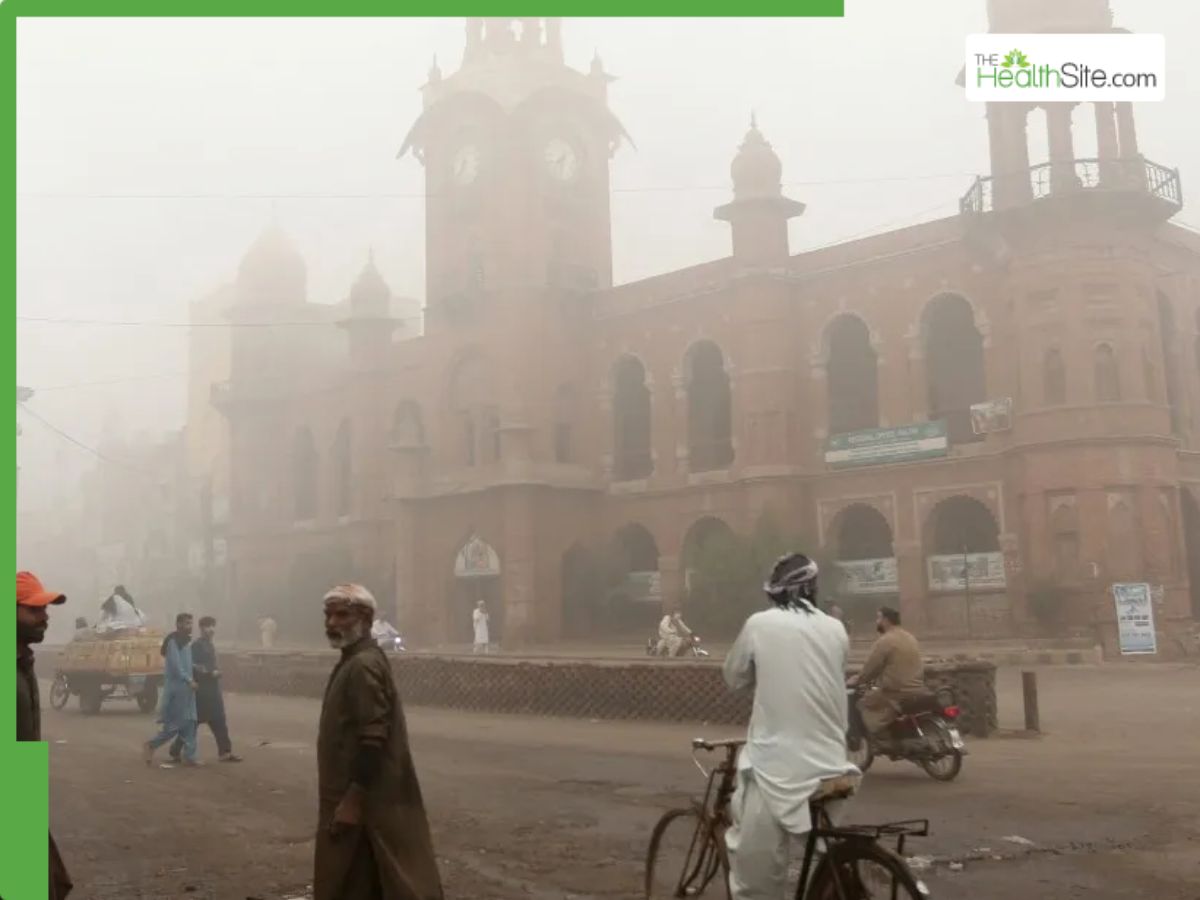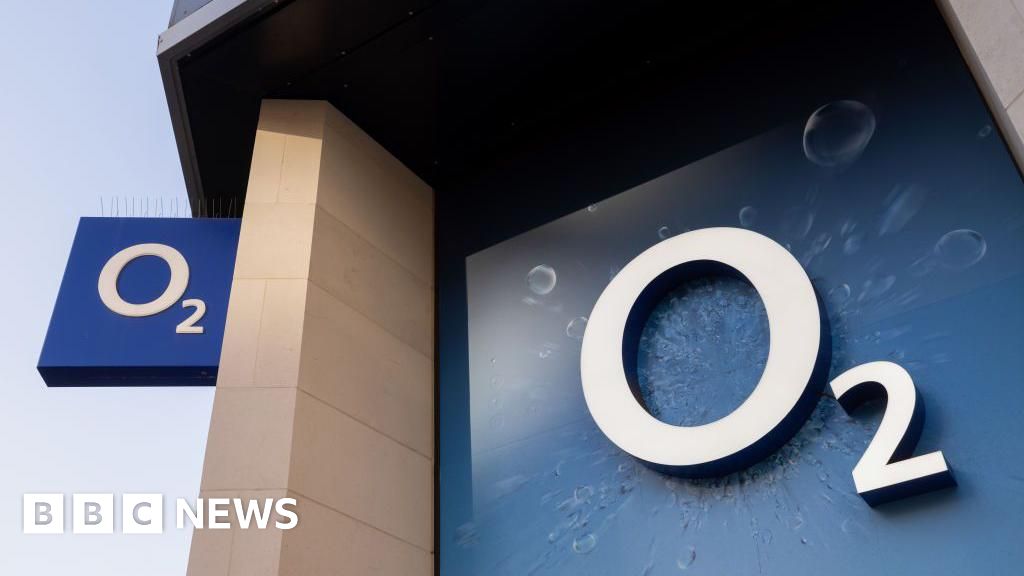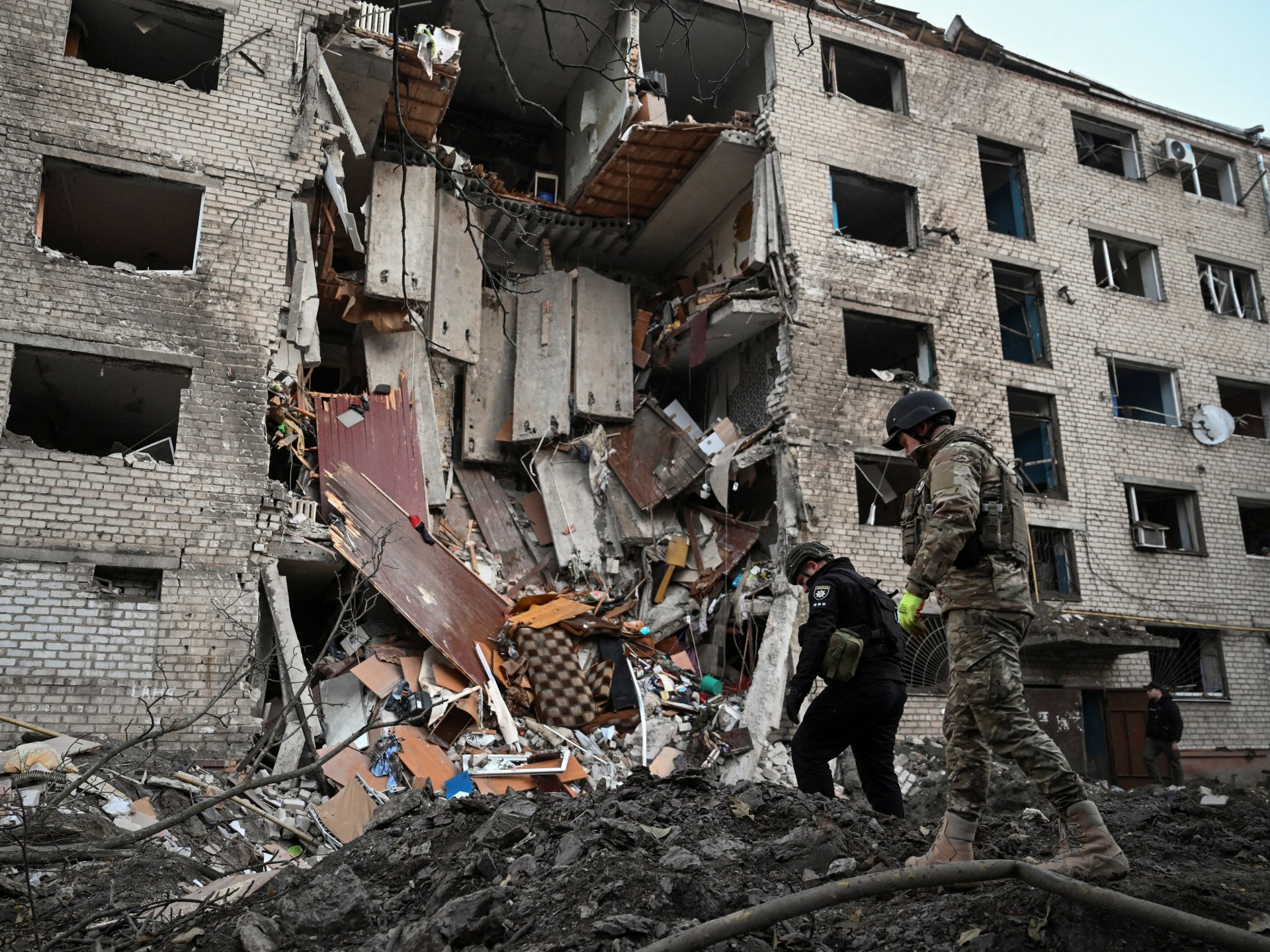Delhi-NCR’s air quality dips into the “severe” category with AQI readings above 400 in many zones of the capital region. Here’s what this means for your health and how you can respond.

As winter sets in, Delhi’s air quality becomes worse as it faces a triple challenge: rising cold, thick smog, and worsening pollution. According to a recent report by the Central Pollution Control Board (CPCB), the Air Quality Index (AQI) at Viveh Vihar, Anand Vihar and Akshardham exceeded the 400 mark, placing it in the ‘Severe’ category. The government is making continuous efforts to reduce it, but despite this, no significant improvement is visible.
Delhi-NCR AQI Crosses 400 Mark
The air quality across major locations in Delhi remains dangerously high, with several areas falling into the ‘Very Poor’ and ‘Severe’ categories. The most critical pollution levels were recorded at Vivek Vihar with AQ1 reaching 412 mark where as at Anand Vihar and Akshardham, the Air Quality Index (AQI) surged to 409, placing it firmly in the ‘Severe’ bracket.
AQI Levels at Major Delhi Locations
A large number of stations across the capital recorded air quality in the ‘Very Poor’ category (AQI 301-400), indicating a high health risk for all residents. Key locations in this highly polluted range include Ashok Vihar (385), Bawana (382), Dwarka (367), ITO (365), Jahangirpuri (385), Dilshad Garden (363), Arya Nagar (382) and Burari Crossing (227).
Even areas close to central spots, such as India Gate (319), Lodhi Road (325), Jawaharlal Nehru Stadium (356), and IGI Airport (316), are registering ‘Very Poor’ air. Only a few sites, such as DTU (259), managed to stay in the slightly better, yet still concerning, ‘Poor’ category.
Noida recorded an overall AQI of 373, Greater Noida with 344, and Ghaziabad recorded an AQI of 407, all of which fall under the severe pollution category. Gurugram’s AQI also reached 210.
Why is Delhi-NCR’s Pollution Rising?
The India Meteorological Department (IMD) said the region is currently under the influence of several weather systems. Cyclone Montha made landfall in Andhra Pradesh, while a Western Disturbance remains active over the northern hills. As a result, Delhi-NCR is likely to see cloudy skies, shallow mist, and light rain in isolated pockets.
Air Pollution: Tips To Protect Yourself and Stay Safe
Here are some simple tips to protect yourself as air pollution drops in the capital.
- When the AQI is high, it is better to stay indoors.
- When you have to go outside, put on a mask with at least an N95 rating on yourself, a regular one might not work.
- Replace air purifiers, or close the windows on bad-air days; do not do anything inside the house that contributes to pollution (burning incense, smoking, cooking without ventilation).
- Clean up the kitchen and the use of wood or biomass cooking or heating is minimised.
Protecting health is currently not only about short-term measures but also about long-term aid to achieve cleaner air.
Follow TheHealthSite.com for all the latest health news and developments from around the world.
Don’t Miss Out on the Latest Updates.
Subscribe to Our Newsletter Today!













Leave a Reply